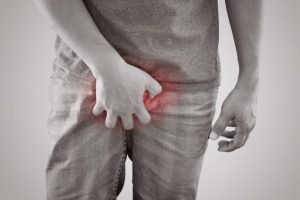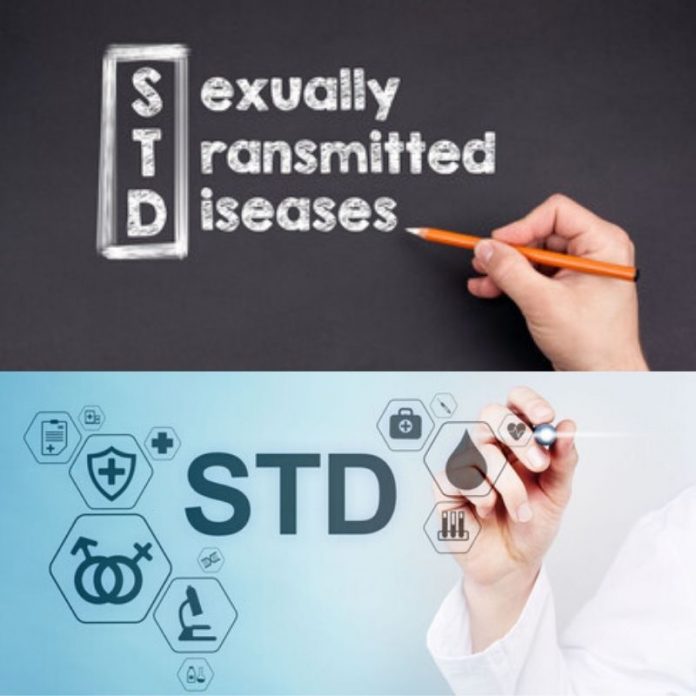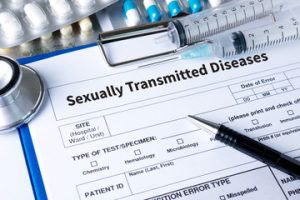Sexually Transmitted Diseases STD s are usually transmitted sexually. These organisms can be bacteria, viruses or parasites which cause these diseases. It was also known as venereal disease.
Transmitting of STD
They are transmitted from one person to another by semen, vaginal, anal or oral sex and other bodily fluids, in rare cases’ thru blood. Non-sexual transmission by mother to infant during pregnancy or childbirth and also throu blood transfusions or shared needles.
STD s are serious illnesses that require treatment. Infection can be trichomoniasis; contact with damp or moist objects such as towels, wet cloth, toilet seats. But most commonly spread by sexual contact.
Common Types of Sexually Transmitted Diseases
- Chlamydia
- Chancroid
- Crabs
- Herpes

- Hepatitis B
- Trichomoniasis
- HIV and AIDS
- HPV Human papillomavirus
- Molluscum contagiosum
- Scabies
- Syphilis
- Gonorrhea
Symptoms of STD in Women
- Pain or discomfort during sex or urination.
- Sores, bumps, or rashes on or around the vagina, anus, buttocks, thighs or mouth.
- Unusual discharge or bleeding from the vagina.
- Itchiness in or around the vagina.
- Also frothy vaginal discharge with a strong odor.
Symptoms of STD in Men
- Some STDs cause common symptoms in men, include.
- Pain or discomfort during sex or urination.
- Sores, bumps, or rashes on or around the penis, testicles, anus, buttocks, thighs or mouth.
- Unusual discharge or bleeding from the penis
- Painful or swollen testicles.
Diagnosis of STD
Doctors can’t diagnose STDs based on symptoms alone. Depending on your sexual history, your healthcare provider might recommend STD testing even if you don’t have symptoms.
Healthcare providers can also diagnose most STDs using a urine or blood test. They may also take a swab of your genitals. Furthermore if you’ve developed any sores, they may take swabs of those, too.
Treatment of STD
Treatment of an STD varies depending on the type of STDs. Some STDs require a person to take antibiotic medication either by mouth or by injection; similarly other STDs require a person to apply creams or special solutions on the skin.
take antibiotic medication either by mouth or by injection; similarly other STDs require a person to apply creams or special solutions on the skin.
Genital herpes, HIV can lead to AIDS but cannot be cured. Furthermore it can only be controlled with medication.
Prevention of Sexually Transmitted Diseases
However, most STDs are easy to treat. The sooner a person seeks treatment and warns sexual partners about the disease, the less likely the disease will do permanent damage, similarly not spread to others.
- Avoid sexual contact with others.
- Practice abstinence; refrain from sex entirely
- Avoid monogamous relationship; both sexual partners are each other’s only sexual partner

- By using a male latex condom, in other words it has been proven to be a ineffective prevention measure by 90 %.
- Have regular medical checkups even if no symptoms of STDs are present
- Vaccines against HPV and hepatitis B are effective.
Most STD s are highly treatable. Early and effective treatment can help relieve symptoms, lower your risk of complications and protect sexual partners.






























